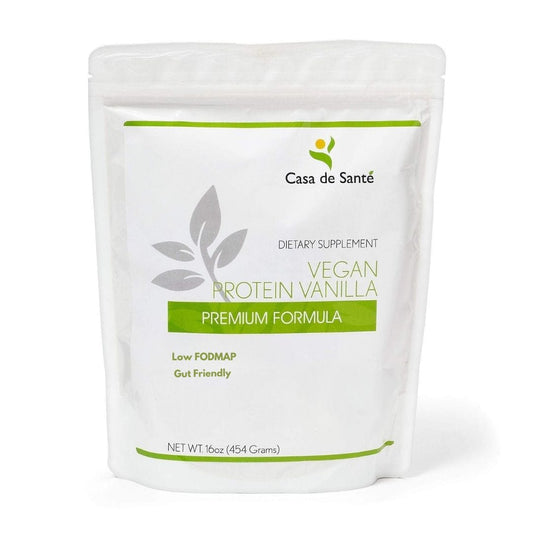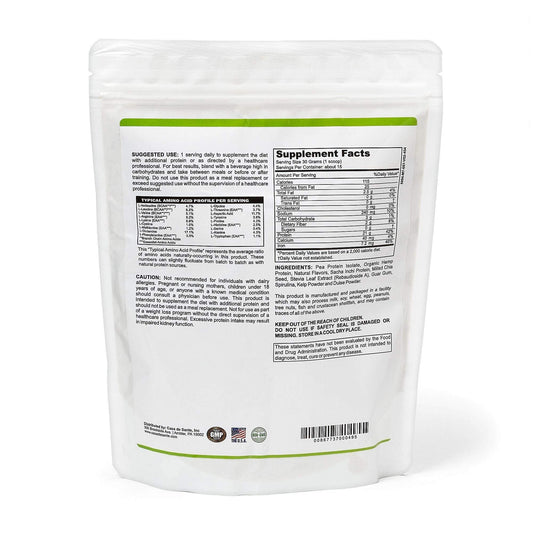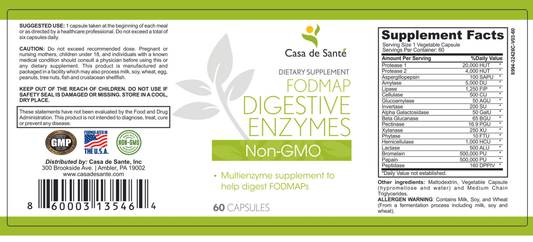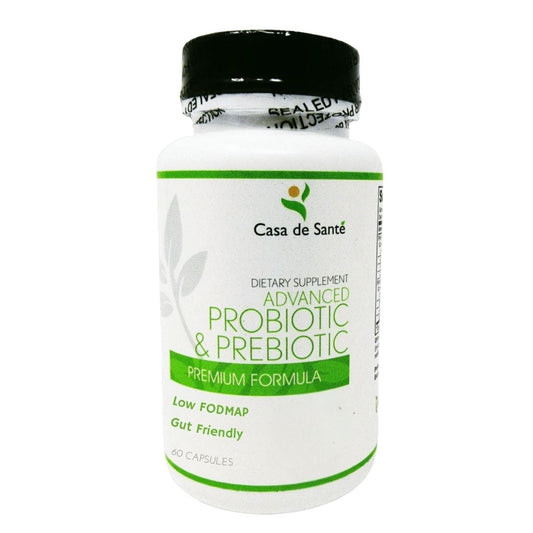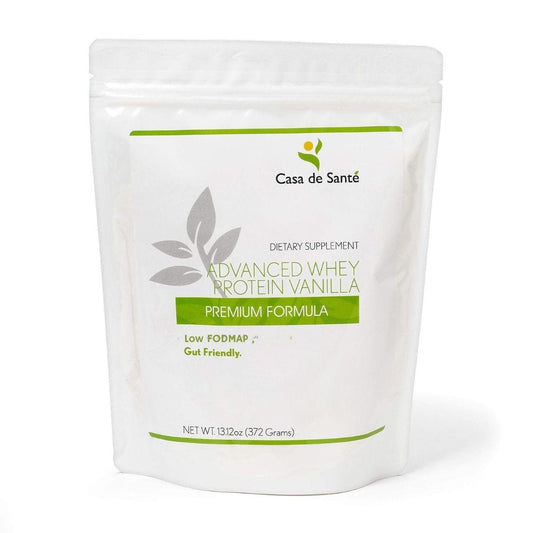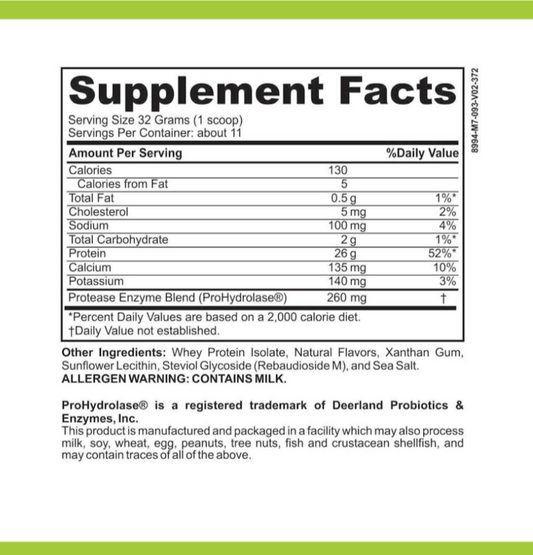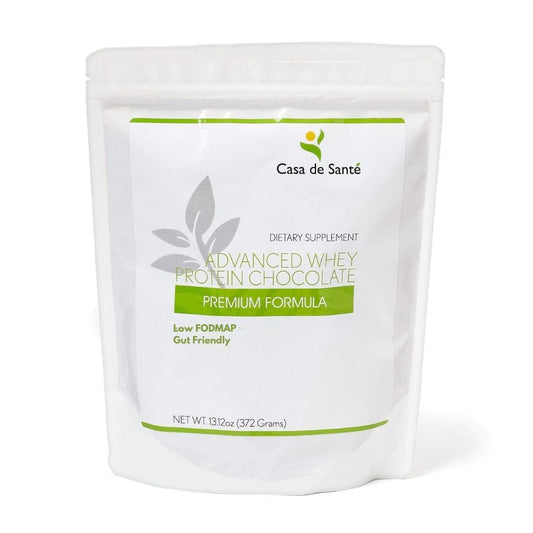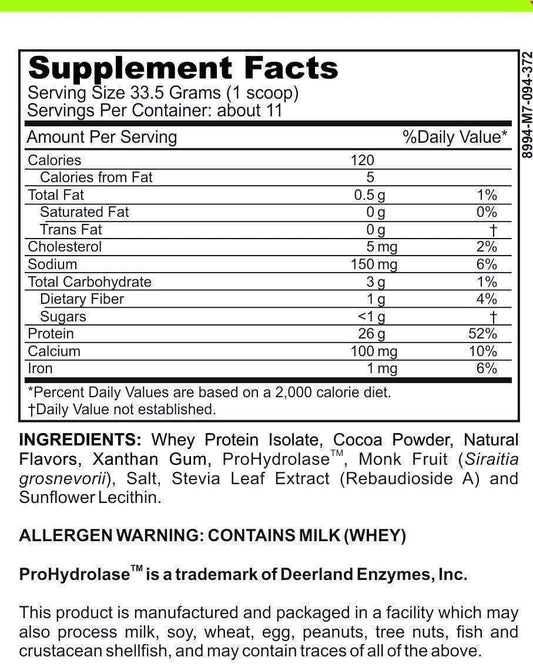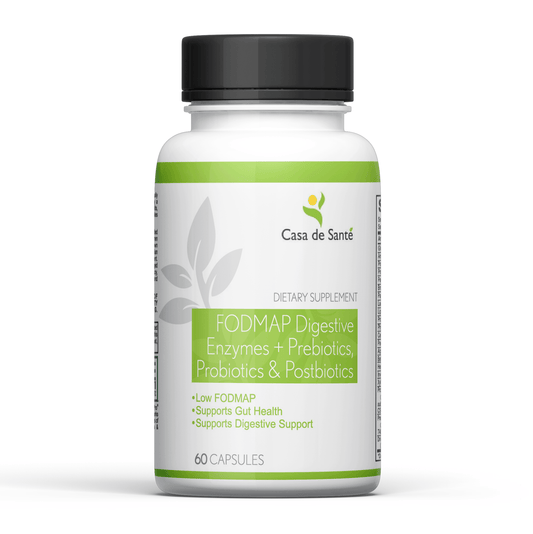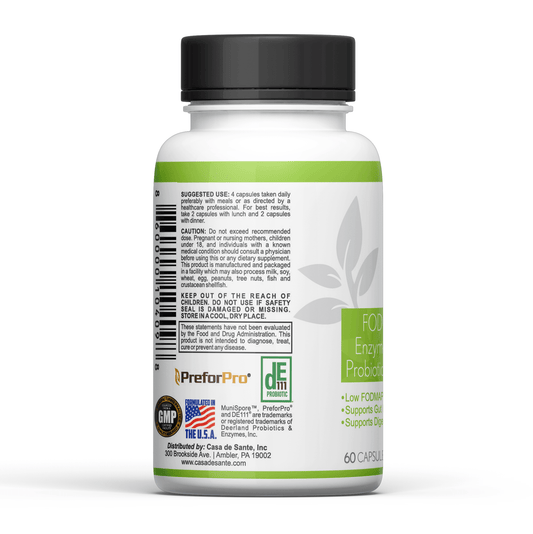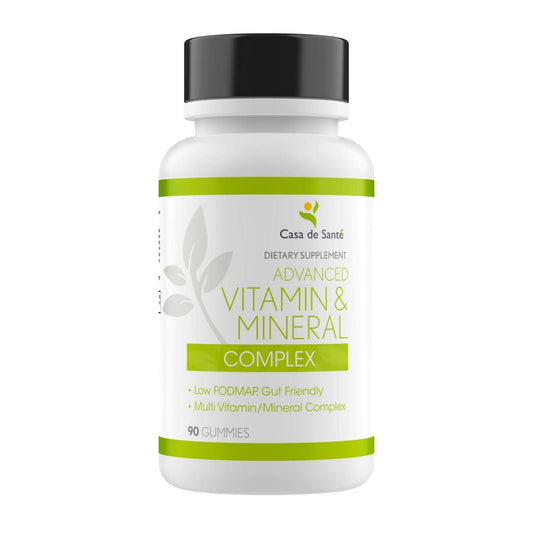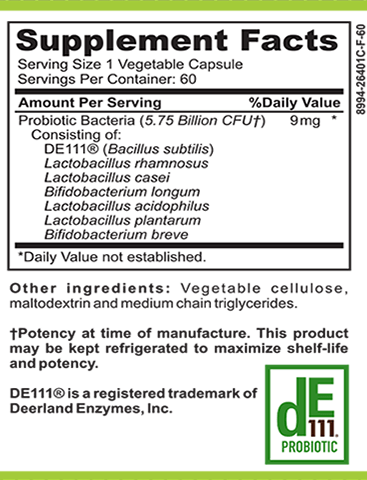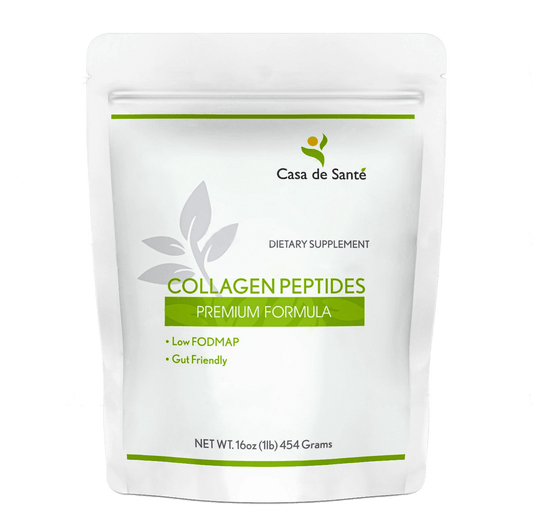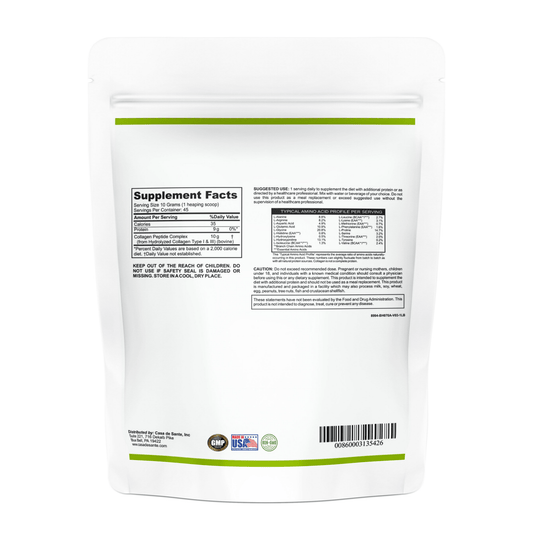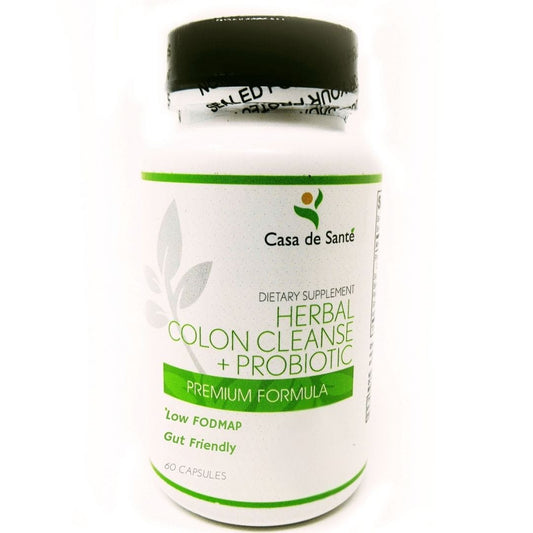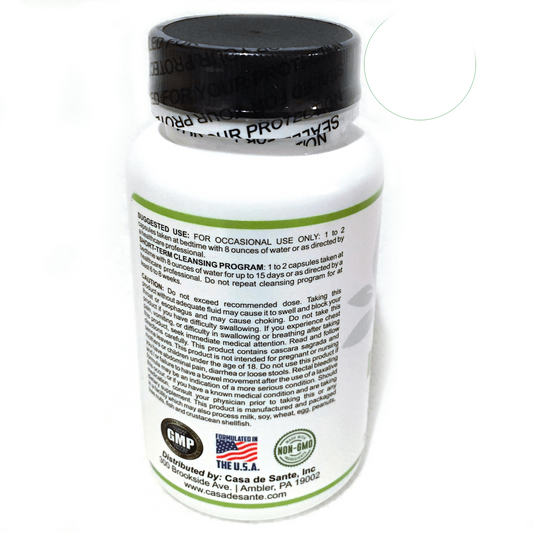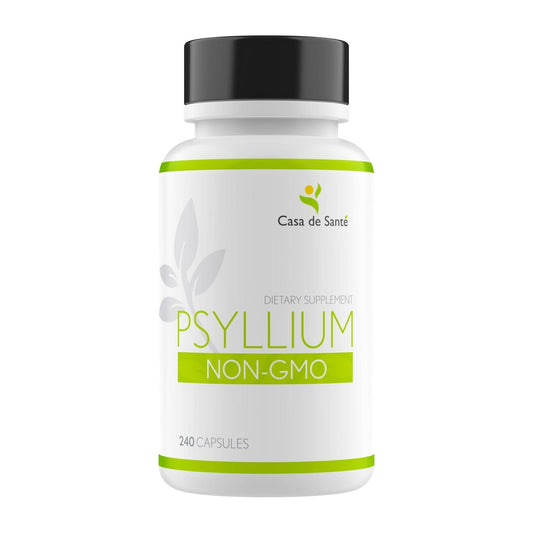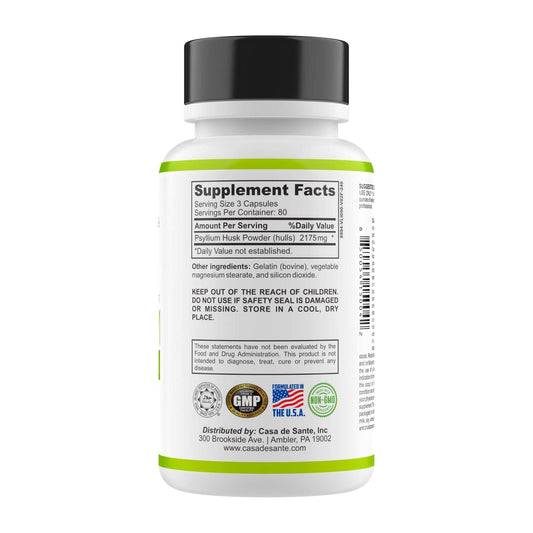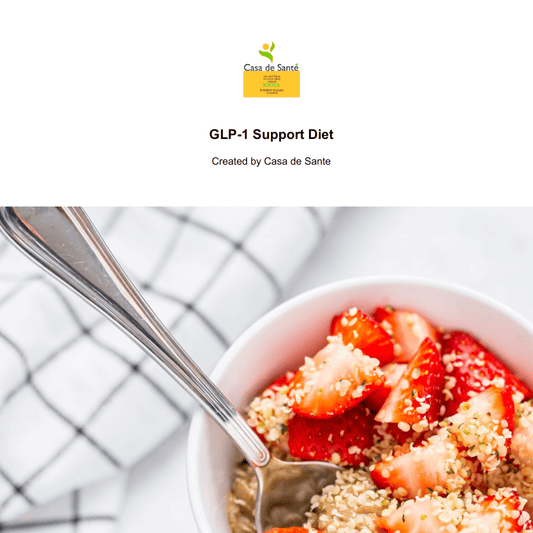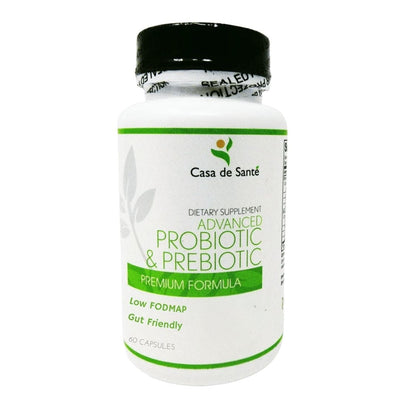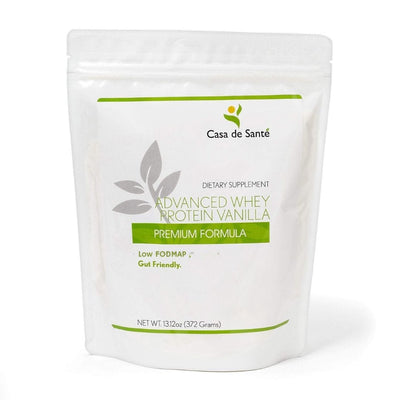Eye Patches: Benefits, Types, Ingredients, and How to Use for Brighter, Refreshed Eyes
I’ve always wondered how to tackle tired eyes and stubborn dark circles, especially after a long week. That’s when I discovered the simple yet effective solution of eye patches. These small, soothing treatments have quickly become a go-to for anyone looking to refresh their under-eye area in just a few minutes.
Eye patches often blend hydrating ingredients like hyaluronic acid, peptides, or botanical extracts. They work to reduce puffiness and brighten skin, making me look more awake and energized. If you’re searching for a quick pick-me-up or a way to boost your skincare routine, eye patches might be just what you need.
What Are Eye Patches?
Eye patches are single-use or reusable skincare treatments designed for the under-eye area. I apply them directly to the skin below my eyes, where the skin is thinnest and shows signs of fatigue fastest. Common compositions in eye patches include hydrogel, cotton, or bio-cellulose, each offering a different texture and adherence. Key ingredients often found in these treatments are hyaluronic acid for hydration, peptides for skin support, and antioxidants like vitamin C for brightness.
My use of eye patches targets visible concerns such as dark circles, puffiness, and transient fine lines. These effects typically appear after late nights, dehydration, or excess salt intake. Most eye patches rely on occlusive formulations that help active ingredients penetrate deeper by limiting evaporation from the skin. I notice a cooling effect as soon as I apply eye patches, which helps constrict blood vessels under the skin and temporarily reduces swelling.
Application is straightforward—I remove the patch from its protective sleeve, place it under my eye, and let it sit for 10 to 20 minutes. Designs ensure a snug fit, optimizing contact with the under-eye area. I find that integrating eye patches into my morning routine delivers a refreshed look before starting my day.
Types of Eye Patches
Eye patches address multiple concerns, and each type targets specific eye area needs. My experience shows that choosing the right patch depends on whether I want cosmetic improvement, medical treatment, or a cooling effect.
Cosmetic Eye Patches
Cosmetic eye patches deliver hydrating or anti-aging actives for skin appearance enhancement. I use these patches to manage puffiness, fine lines, and dark circles after late nights or long days. Materials such as hydrogel or bio-cellulose hold moisture and provide close contact with my skin. Common actives include hyaluronic acid for hydration, peptides for firming, and antioxidants to improve luminosity. Application times usually range from 10 to 20 minutes for these single-use patches.
Medical Eye Patches
Medical eye patches help me follow prescribed treatments for specific conditions like amblyopia or post-surgical healing. Unlike cosmetic patches, these often use opaque fabric or foam to block sight in one eye, promoting neural adaptation or recovery. Adhesive strips or straps secure the patch during use. I apply medical patches only as directed by an eye care professional.
Cooling and Gel Eye Patches
Cooling and gel eye patches reduce swelling and calm my tired eyes fast. I keep these in the fridge for enhanced cold application. Glycerin and aloe vera serve as common base ingredients, providing a soothing effect within minutes. The cooling action constricts blood vessels, helping decrease redness and puffiness quickly, especially after sleepless nights.
Benefits of Using Eye Patches
Eye patches provide targeted care for the under-eye area, supporting skin hydration and overall eye comfort. I rely on them for visible improvements and therapeutic relief.
Skincare and Beauty Benefits
Eye patches deliver concentrated ingredients where under-eye skin shows stress. Hyaluronic acid visibly boosts moisture and plumps the skin, especially when dryness or dehydration is present. Peptides help support collagen and reduce the visibility of fine lines and wrinkles, particularly after late nights. Antioxidants like vitamin C and niacinamide brighten dark circles by counteracting oxidative stress from environmental exposure.
Occlusive properties in gels or hydrogel patches enhance ingredient absorption by limiting evaporation. I often notice a cooling sensation that minimizes morning puffiness by constricting blood vessels, providing an instant refreshed look. Consistent use brings gradual improvement in firmness, less noticeable dark circles, and smoother texture—key benefits for anyone addressing under-eye concerns.
Therapeutic and Medical Uses
Medical-grade eye patches serve vital roles in clinical settings. Occlusive eye patches help manage amblyopia by covering the stronger eye, aiding visual development in the weaker one—a process recommended by ophthalmologists (American Academy of Ophthalmology, 2022). Wound-care patches protect sensitive tissue after surgical procedures or injuries, shielding the area and supporting the healing environment.
Cooling patches, when chilled or formulated with menthol and aloe, provide symptomatic relief after extended screen use or allergic reactions. These offer temporary reduction in swelling and redness. Eye patches also assist migraine sufferers by blocking excess light or providing gentle pressure.
How to Choose the Right Eye Patch
Selecting the right eye patch depends on my skin needs, patch type, and sensitivity. I start by matching ingredients to my goals. For dehydration or dryness, I pick patches with hyaluronic acid or glycerin since these humectants retain moisture. When targeting puffiness and dark circles, I use patches containing caffeine or niacinamide—both supported by dermatological research for improving under-eye tone and circulation. To address fine lines, I look for peptides or collagen-boosting formulations that support firmness and repair.
Before choosing, I check the patch material. Hydrogel patches provide a cooling effect and adhere closely, making them suitable for short sessions and a de-puffing finish. Cotton or bio-cellulose materials feel softer and work for longer applications or sensitive skin. I always confirm there are no fragrances or potential allergens, especially if my skin reacts easily.
I also decide between single-use and reusable options based on frequency of use. Single-use patches offer maximum hygiene, while reusable silicone pairs suit frequent routines, letting me control my regimen.
For medical or therapeutic needs like post-surgical recovery or occlusion therapy, I consult my provider to ensure the patch is sterile, hypoallergenic, and designed for clinical use.
Patch shape and size matter too. I select contoured or crescent-shaped patches that cover my problem areas—targeting the inner and outer corners or following my orbital bone.
I never skip a patch test. I place the product on my inner arm for 15-30 minutes first, especially when new actives are involved, minimizing the risk of irritation before use on my eye area.
How to Use Eye Patches Effectively
I use eye patches on clean, dry skin for the most consistent results. I remove makeup first, then pat my under-eye area dry to maximize ingredient absorption. I apply each patch gently under the eye, aligning the thinnest edge toward my nose and smoothing the material so it lies flat with no air gaps. I find 10–20 minutes provides enough time for hydration and active ingredient delivery, as most hydrogel and cotton patches reach peak efficacy in that range according to dermatological studies.
I store cooling or gel patches in the fridge if I want an extra de-puffing effect. I use this method before morning routines or after long screen exposure. I always discard single-use patches after one use to keep the treatment hygienic. I rinse and store reusable patches as directed to prevent contamination, using mild cleanser and cool water.
I select eye patches with ingredients that match my concerns. I reach for hyaluronic acid if I want to target dryness, peptides if I notice fine lines, or caffeine for visible puffiness. I choose vitamin C or niacinamide formulas to address dark circles. According to peer-reviewed research, regular use of these molecules visibly improves the under-eye area’s texture and tone when applied 2–3 times per week.
I avoid applying patches on irritated or broken skin. I do a patch test with unfamiliar formulations to minimize risk of allergic reactions. I avoid placing patches too close to the lash line to prevent ingredients from entering my eyes. I follow the usage frequency on the product’s instructions, or as recommended by my dermatologist in case of sensitive skin or prescription treatments.
Potential Side Effects and Considerations
I recognize that eye patches offer benefits for hydration, puffiness, and under-eye brightness, though some side effects and specific factors deserve attention.
- Skin Irritation: Redness, itching, or burning sometimes follows the use of eye patches, especially those with fragrances, preservatives, or alcohols. I find this occurs more often in people with sensitive skin, as documented in a 2021 Journal of Dermatological Science review.
- Allergic Reactions: Swelling, rash, or hives may develop if the patch contains common allergens like certain botanical extracts, latex adhesives, or specific peptides. I always recommend patch testing before using a new product, noting literature from the American Contact Dermatitis Society supports this approach.
- Contact Dermatitis: Extended contact with adhesives or occlusive materials increases the risk of dermatitis, as described in 2020 Clinical and Experimental Dermatology research. I limit wear time and observe my skin for any changes to minimize this risk.
- Milia Formation: Small white bumps known as milia sometimes appear due to the heavy occlusion of rich creams under eye patches. I avoid overly occlusive products if my skin’s prone to congestion, referencing Skin Pharmacology and Physiology findings.
- Adhesive-Related Injuries: Surface abrasions or discomfort sometimes follow removal of adhesive-backed patches if they're not gently peeled off. I take care during removal, especially after extended use or in delicate skin.
- Occlusion and Acne: Prolonged use or thick occlusive ingredients like petrolatum increase the likelihood of comedones in some skin types. I adjust usage frequency if I notice clogged pores, as supported by data from the American Academy of Dermatology.
- Visual Impairment and Safety: Medical patches covering one eye (as used for amblyopia or during post-surgical care) temporarily reduce depth perception. I avoid activities that require full visual acuity immediately after applying these patches.
By monitoring for these side effects and being selective about ingredients and usage practices, I minimize risks while maintaining benefits for the under-eye area.
Top Eye Patch Brands and Products
I choose eye patches based on ingredient concentration, patch material, and performance in clinical studies. Products with hyaluronic acid percentages above 1% deliver noticeable hydration, and those with triple-peptide blends visibly enhance skin elasticity after consistent use. I find hydrogel patches to adhere best to the under-eye contour, ensuring even ingredient delivery for 15–20 minutes.
Fragrance-free formulations suit my sensitive skin and reduce irritation risk. Patches featuring encapsulated vitamin C or 5% niacinamide brighten dullness and offer antioxidant protection against free radicals. I prefer options containing caffeine concentrations at 0.5% to target puffiness, especially when refrigerated for a cooling effect.
Medical types rely on hypoallergenic adhesives and non-woven cloth material, providing secure coverage for clinical use. These support occlusion therapy in amblyopia or post-surgical protection in settings where gentle, sterile application matters. Breathable cushioned patches maintain comfort during extended wear.
When I need instant de-puffing, I use patches with polymer gel matrices that retain cold and release soothing agents like allantoin. Hydrating blends include ceramides and panthenol to repair the barrier and lock in moisture. My patch selection depends on tolerance, with frequent patch testing to confirm absence of allergen or occlusive ingredient response.
| Ingredient | Typical Concentration | Noted Benefit |
|---|---|---|
| Hyaluronic Acid | 1–2% | Intense hydration |
| Peptides | Multi-peptide blends | Firmer, smoother skin |
| Vitamin C | Encapsulated, 5–15% | Brightening, antioxidant |
| Niacinamide | 2–5% | Evens tone, reduces redness |
| Caffeine | 0.5–1% | Reduces puffiness |
| Ceramides | Included in blends | Repairs barrier, retains moisture |
Key Takeaways
- Eye patches offer quick, targeted treatment for common under-eye concerns such as puffiness, dark circles, fine lines, and dehydration.
- Key ingredients like hyaluronic acid, peptides, caffeine, niacinamide, and vitamin C help hydrate, firm, brighten, and soothe the under-eye area.
- There are various types of eye patches, including cosmetic, medical, and cooling/gel patches, each suited for specific needs and results.
- To maximize benefits and minimize risks, choose patches based on your skin’s needs, sensitivities, material preferences, and always patch test new products.
- Proper application on clean skin and following recommended usage frequency ensures safe, effective results while reducing the risk of irritation or adverse reactions.
- Top-performing eye patch brands use clinically backed ingredients and hypoallergenic materials, catering to both cosmetic and medical uses.
Conclusion
Eye patches have become a staple in my skincare routine because they deliver targeted results and instant comfort. Whether I'm dealing with puffiness after a restless night or looking for a boost of hydration before a busy day these patches always come through.
With so many options available it's easy to find a formula and material that fits my needs. I always pay close attention to ingredients and patch quality to ensure the best results and avoid irritation. A little care in choosing and using eye patches goes a long way toward healthier brighter under-eyes.

